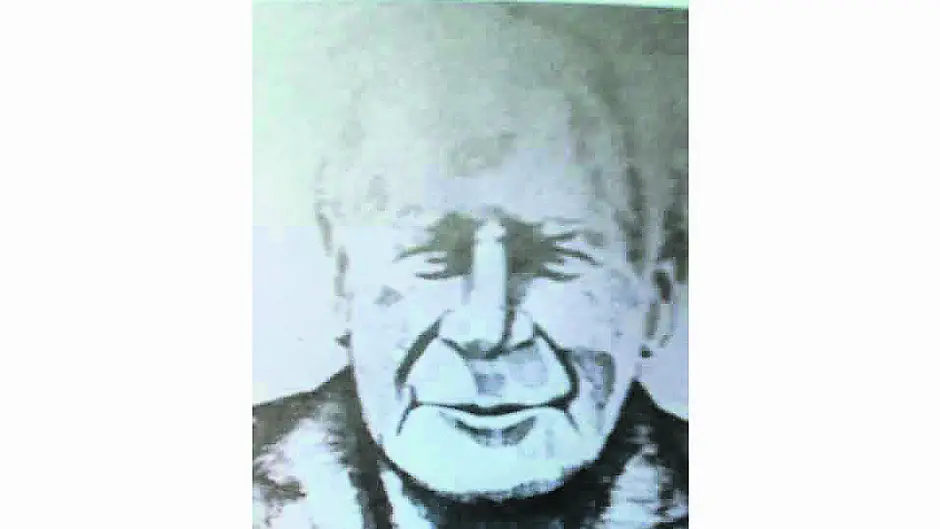EARLY in February 1920 at a Beara Battalion meeting under the leadership of battalion commandant Peter O’Neill, of Eyeries, and with Christy O’Connell and other company captains, plans and orders were laid down for an attack on Allihies RIC Barracks.
Men from Inches, Castletownbere, Urhan and Bere Island Companies were to take part. The attack was planned for February 20th 1920.
Sean T O’Sullivan was the battalion engineer at that time and he was asked to ascertain the measurements and layout of the barracks. He had been arrested and held there for two days in 1919 and so had a good idea of the structure. He pointed out that the roof could not be brought down because of two sturdy internal walls. He decided that they would blow down the centre of the back wall. To do that they used guncotton explosive, which had been taken at the so-called Great Guncotton Raid on Bere Island on June 5th 1918.
The men met near Castletownbere just after dark on February 20th from where they had to carry a 16ft plank, 28lbs of guncotton, two dozen homemade bombs and their rifles and ammunition for 14 miles across the mountains to the old Coulagh Road leading to the Allihies copper mines.
On the way, volunteer Michael Sheehan of Inches, fell 25ft down a flight of steps with a sack of loaded and primed bombs on his back. Luckily the bombs didn’t detonate. When they arrived at the mines, they levered open a forge door where they got tools including a bit and brace with which Con O’Sullivan of Foildarrig bored holes in the plank, six inches apart to attach the guncotton and primers and a detonator at each end.
From there they carried the loaded plank and a dozen half sacks of earth to use as tamping along the charge to direct the explosion inwards, to the barracks, a distance of half a mile.
There was an open window at the barracks and they could hear a Black and Tan sentry pacing back and forth. They were afraid the sentry would hear them and throw a Mills bomb out the window and blow them all up if the guncotton exploded. So they drove some cattle into the field so that the cows feeding would cover any noise the men made. They also placed two Bere Island riflemen, Jim O’Sullivan and Tim Harrinton, facing the window with orders to shoot the sentry if he put his head out.
They placed the loaded plank at the centre of the back wall and put the earth tamping along it and drove the cows from the field before detonating the charges. Sean T and Con Sullivan lit the charges at each end of the plank. It went off correctly and took 14ft of the wall clean out from the roof.
Some of the section commanders wanted to storm the building, but the commandant said no, as he wanted to get his men back across the Castletownbere to Kenmare road before dawn in case they would be encircled by the British, who had 500 men at Furious Pier and Bere Island camps. So the men were ordered to fire through the breach and they hurled lit bombs onto the roof which brought down a shower of slates. Then the commandant’s whistle sounded and they all left and made it back to safety at dawn.
One RIC man was killed, one was wounded and a third went insane. The barracks were evacuated on February 21st 1920.
There was a sequel the following evening when some of the battalion were at Sean T’s house at Cromphane Eyeries. The house was surrounded by armed RIC men and the comrades barely escaped out the back door where they crept along a gully and hid in the mountains. They couldn’t fight as their weapons were hidden in a dump which left escape as their only option.
The men who took part in the attack were: Peter O’Neill, Christy O’Connell, Denis O’Neill, Michael Sheehan, John R Payne, Con O’Sullivan, Inches, Sean T O’Sullivan, William O’Neill, Edward Harrington, Donal McGrath, Jim O’Sullivan, Timmy Harrington, Florrie Sullivan, Michael Sullivan, Dannie Sullivan, Danny O’Sullivan, Stephan P O’Sullivan.
This item is based on the writing of Sean T O’Sullivan.
By Barry Sullivan.









